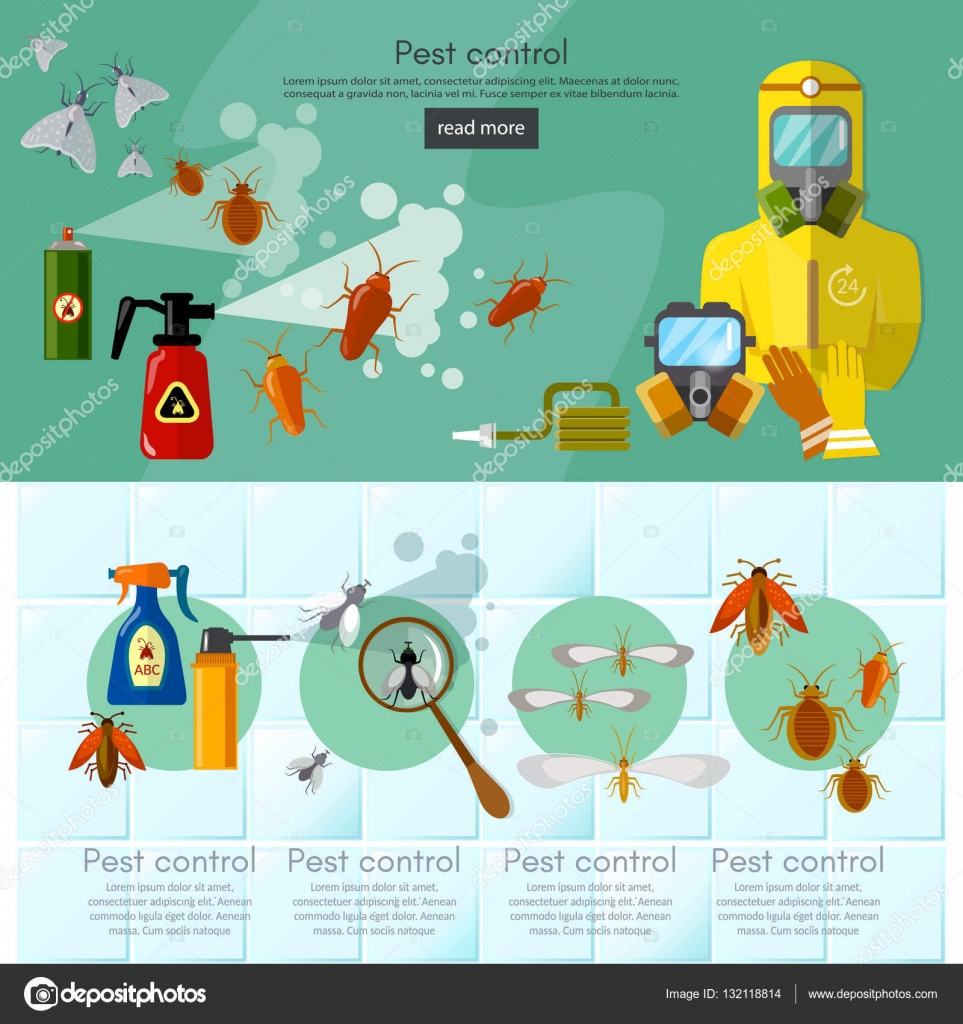Visualize your attic room as a relaxing Airbnb for rodents, with insulation as fluffy as hotel pillows and wiring much more attracting than space service. Now, visualize these unwanted guests throwing a wild celebration in your home while you're away. As a homeowner, ensuring your attic room is rodent-proof is not almost satisfaction; it's about securing your residential property and enjoyed ones. So, what straightforward actions can you require to safeguard your refuge from these hairy burglars?
Inspect for Entry Points
To start rodent-proofing your attic, evaluate for access factors. Begin by carefully analyzing the exterior of your home, searching for any openings that rodents could make use of to gain access to your attic room. Look for spaces around energy lines, vents, and pipelines, as well as any type of fractures or openings in the structure or siding. See to it to pay attention to locations where various building materials fulfill, as these are common access points for rodents.
Additionally, inspect the roof covering for any type of harmed or missing shingles, along with any kind of spaces around the sides where rodents could squeeze through. Inside the attic room, search for signs of existing rodent activity such as droppings, ate cables, or nesting products. Use a flashlight to extensively check dark corners and concealed spaces.
Seal Cracks and Gaps
Examine your attic room extensively for any kind of fractures and gaps that need to be secured to prevent rodents from going into. Rodents can squeeze with even the smallest openings, so it's critical to secure any kind of prospective access factors. Inspect around pipes, vents, wires, and where the wall surfaces fulfill the roof covering. Use a mix of steel wool and caulking to seal these openings properly. Steel woollen is a superb deterrent as rats can not chew via it. Ensure that all spaces are firmly sealed to refute access to unwanted bugs.
Do not neglect the value of sealing gaps around doors and windows too. Usage weather condition stripping or door sweeps to seal these areas properly. Inspect the areas where energy lines enter the attic room and secure them off utilizing an appropriate sealer. By taking the time to seal all splits and gaps in your attic, you create a barrier that rats will discover tough to violation. Avoidance is type in rodent-proofing your attic, so be extensive in your efforts to seal any kind of possible access points.
Remove Food Sources
Take proactive procedures to eliminate or store all potential food resources in your attic room to deter rats from infesting the room. Rats are brought in to food, so removing their food resources is critical in maintaining them out of your attic.
Below's what https://www.mypmp.net/2023/06/09/clark-pest-control-acquires-paramount-pest-services/ can do:
1. ** Store food firmly **: Avoid leaving any food things in the attic room. Shop all food in airtight containers constructed from metal or sturdy plastic to stop rodents from accessing them.
2. ** Tidy up particles **: Remove any piles of debris, such as old newspapers, cardboard boxes, or timber scraps, that rats might make use of as nesting product or food resources. Keep the attic clutter-free to make it much less enticing to rats.
3. ** Dispose of rubbish correctly **: If you utilize your attic for storage space and have waste or waste up there, make certain to throw away it routinely and correctly. Rotting yard mole removal attract rodents, so keep the attic clean and without any type of organic waste.
Conclusion
To conclude, remember that an ounce of prevention is worth an extra pound of cure when it pertains to rodent-proofing your attic.
By putting in the time to inspect for entry points, seal fractures and voids, and get rid of food sources, you can maintain undesirable insects at bay.
Bear in mind, 'An ounce of avoidance deserves an extra pound of cure' - Benjamin Franklin.
Keep aggressive and safeguard your home from rodent invasions.
